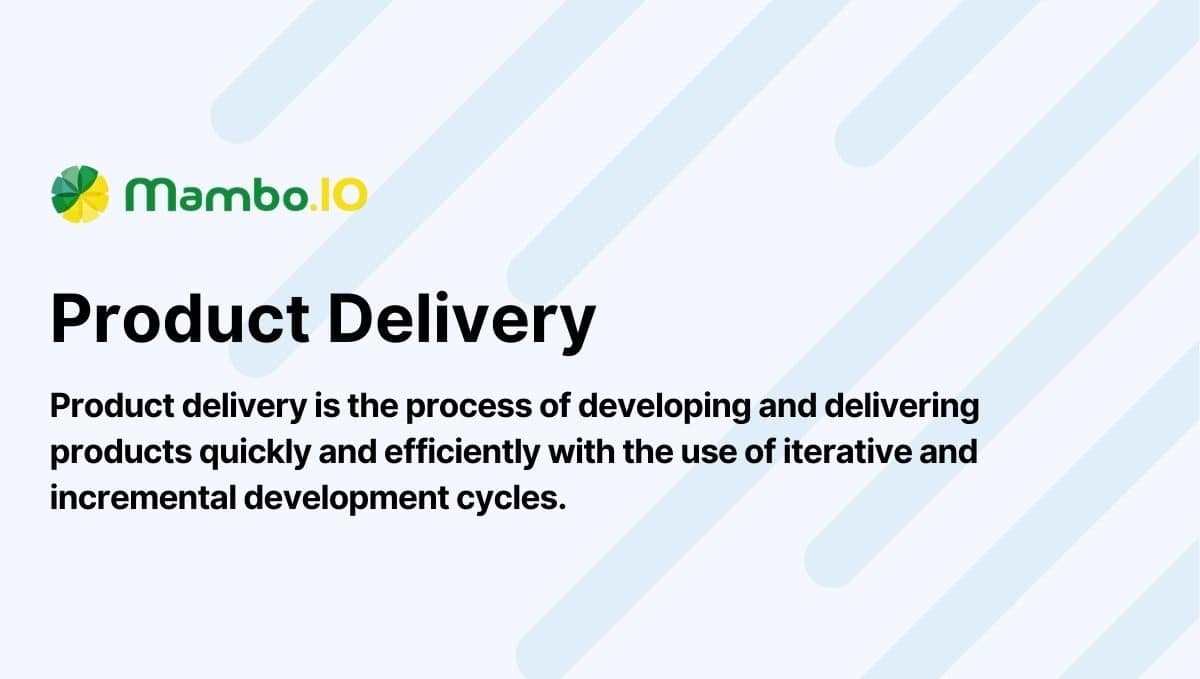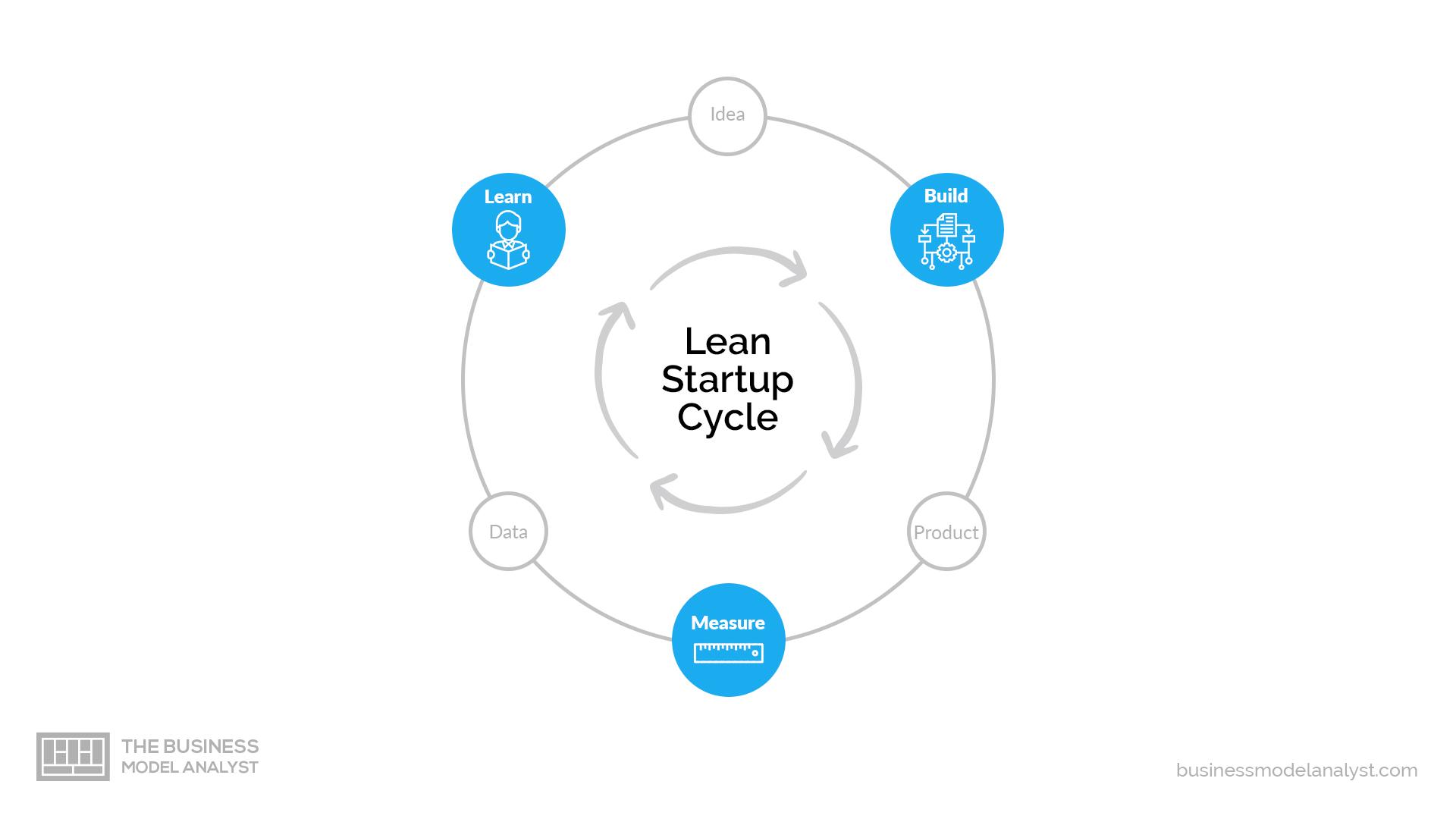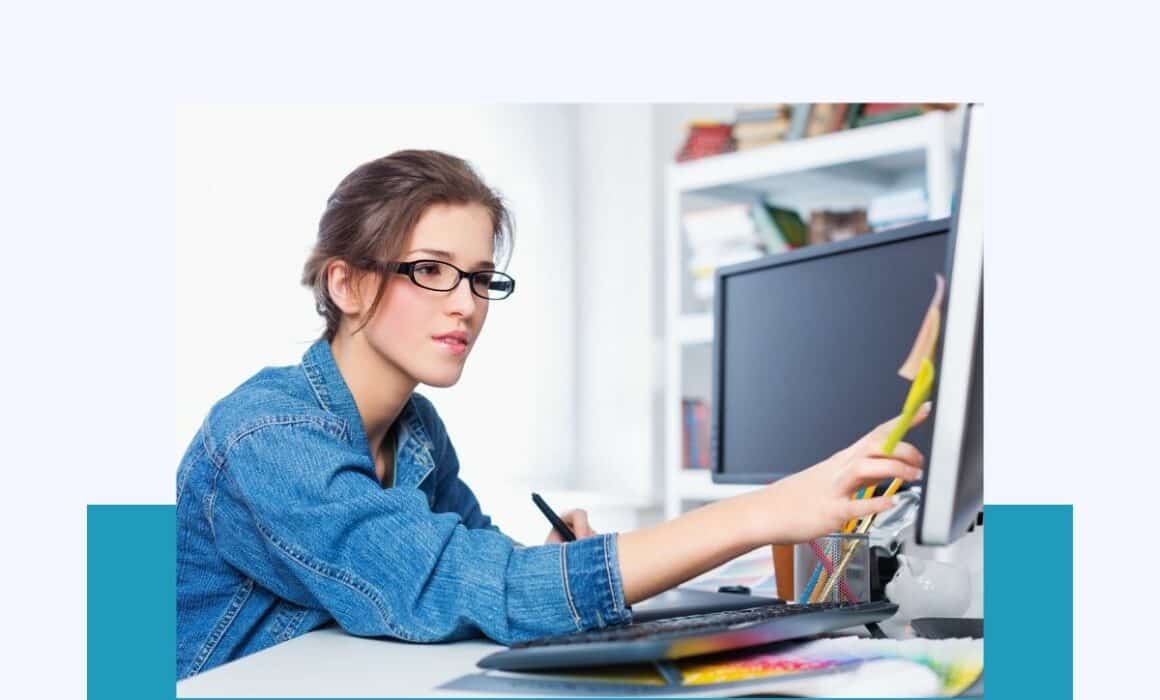Product Delivery: How to Develop Successful Products
Product delivery can sometimes be overwhelming. It entails various activities, including ideation, development, release, and post-release.
As a product manager, you must understand product delivery to create successful products.
This article will teach you the entire product delivery process and how to measure it. Additionally, we’ll discuss agile product delivery and its role in streamlining the process.
Table of Contents
- What is product delivery?
- Product delivery methods
- Product delivery problems
- Product delivery strategy guide
- How to measure product delivery success?
- Bottom line
- Machine Learning In Finance: 12 Essential Applications
- How To Create Interactive Compliance Training For Bank Employees
- How Fintech Apps Are Using Gamification To Increase User Engagement
- Top Gamification Companies for Employee & Customer Engagement
What is product delivery?

Product delivery is the entire journey of transforming an idea into a released product or feature. Accomplishing this goal involves development, testing, and deployment.
Product delivery is a collaborative process that encompasses all stakeholders. It’s a systematic and agile process that drives continuous betterment and allows teams to meet customer demands and market dynamics.
Product delivery methods
There exist several methods for delivering a product. Let’s delve into each product delivery method to determine the one that suits your needs.
#1. Lean startup method

Source: agilefirst
A well-known product delivery approach that emphasises rapid product creation and release. Quickly validating product ideas is a driving factor for startups using this method.
Key Principles
- Validate the feasibility and potential of your product concept. This initial step sets the foundation for the lean startup process. Evaluating market appeal requires testing your product idea with potential customers.
- Develop a foundational Minimum Viable Product (MVP). The MVP is a streamlined version of your product featuring only vital elements. The involvement of actual users in the testing phase will aid in validating your product idea.
- Agile product delivery and continuous iterative process. The lean startup method revolves around two key elements. Its agile product delivery process and continuous iterative based on feedback. These components are fundamental to the success of the lean startup approach.
The Lean Startup Method aims to bring a minimum viable product or MVP. Through user feedback, this MVP can assess the product’s viability. An advantage of this product delivery method is its ability to save time and money.
#2. Waterfall method

Source: indeed
A traditional product delivery method, the Waterfall Method, follows a sequential approach. This demands the completion of each stage before progressing to the next phase.
Key principles
- The starting point of the waterfall methodology involves thorough planning. It consists in discerning the product demands and constructing a roadmap for efficient delivery.
- Following the completion of the planning, the development process begins. This includes the tasks of product design, coding implementation, and executing unit tests.
- Following product development, the next phase entails executing quality assurance (QA) testing. This entails testing the product to ensure it meets the requirements. Moreover, it also addresses any identified bugs that need fixing.
- You’re ready once the QA team is done crafting a high-quality product. You can release your final product to its intended end user.
Despite being lengthy and complicated, this product delivery method provides valuable benefits. Take advantage of the waterfall method’s step-by-step approach. It helps ensure the thorough completion of each stage before advancing to the next step.
An inconvenience of this product delivery method is its limited flexibility. This is because it makes it impractical to incorporate changes once development has commenced.
This is why agile product delivery comes in handy.
#3. Agile method

Source: ayoks
The Agile Method stands out for its flexibility and collaboration in product delivery. As a result, making changes during the development process becomes more convenient.
Key Principles
- This involves continuous delivery of your product in smaller, incremental releases. This approach ensures a steady and progressive product delivery process. Release your product incrementally, continuously integrating new features with each stage.
- Agile prioritises collaboration. It fosters a culture of mutual support and engagement among different departments. Agile product delivery excels when the product owner, developers, and testers work together.
- Agile methodology places a strong emphasis on involving customers, enabling their continuous engagement. Continuous customer engagement results in meaningful feedback throughout the development process.
The management aspect of Agile methodology can be challenging, presenting a disadvantage. The involvement of a multitude of stakeholders makes the process complex and challenging.
Agile is an efficient method but demands flexibility from the product team and product manager.
Choosing the suitable method relies on your company, team, and product specifics. No method is immune to specific product delivery problems that may arise in the process. Being well-informed about these factors is necessary before embarking on the journey.
Product delivery problems
Here are some frequently experienced product delivery challenges for product teams and managers.
- Scope creep – This arises when the project’s scope changes. This can happen due to adding new features or modifying the existing product. A solid communication and product delivery plan is vital for avoiding scope creep.
- Lack of resources – This common product delivery problem often stems from budget cuts or unrealistic deadlines. In such instances, meeting the deadlines and delivering the product on time becomes challenging. To avoid issues, understand resource needs and communicate them clearly to all stakeholders.
- Testing problems – In product delivery, testing problems pose a common challenge, such as inadequate testing time or scarcity of testers. Testing problems can impede the product’s timely delivery and adversely affect its quality. A robust testing plan and enough time dedicated to testing are vital to avoid this problem.
- Delays – Various factors, including product issues or changes in requirements, can lead to delays. To avoid this, a backup plan and stakeholder communication are necessary.
- Quality issues – Product changes or quality control deficiencies can result in quality issues. A clear understanding of the product and thorough testing is essential. It is with these two that you can prevent quality issues from occurring.
Now that you know the most common product delivery problems, you can proactively avoid them. Plan and prepare against potential problems by crafting a solid product delivery strategy.
Product delivery strategy guide
What is a product delivery strategy?
A product delivery strategy is a well-defined plan that maps out the process of delivering your product to the end user. It encompasses the entire product lifecycle, from ideation to the ultimate delivery stage.
A good product delivery strategy ensures on-time, cost-effective product delivery.
Creating a product delivery strategy
Creating your product delivery strategy requires undertaking these vital steps.
#1. Understand your product
This necessitates a solid understanding of your product’s features and benefits.
It would be best to gain insight into your target market’s product preferences and demands.
#2. Create a product delivery plan
This plan must cover every process step, from product conceptualisation to actualisation.
#3. Allocate resources
This involves considering budget management, time allocation, and resource planning.
#4. Create a schedule
The schedule must have all your product’s key milestones and delivery deadlines.
#5. Test your product
This stage involves conducting both functional testing and user acceptance testing.
#6. Launch your product
This step includes making sure all necessary preparations are in place. And finally, the conducting a proper launch of your product.
The last step entails tracking your product’s progress, which includes monitoring KPIs and striving to meet your goals.
How to measure product delivery success?

Source: equalexperts
Assessing the effectiveness of product delivery in agile software development can be challenging. But, teams can rely on key metrics to measure their progress.
The following metrics are used for measuring product delivery:
#1. Lead time
Lead time measures the concept-to-production duration for delivering new features or functionality. Measuring lead time helps teams identify bottlenecks and improve the product delivery process.
#2. Cycle time
Cycle time measures the time required to move from development to deployment in completing one iteration or cycle of work. Cycle time measurement aids in identifying areas for increased efficiency and quicker delivery.
#3. Velocity
Velocity measures team output within a designated time. By monitoring velocity, teams can establish benchmarks, improve performance, and set realistic goals.
#4. Quality metrics
Quality metrics include defect rate, customer satisfaction, and user adoption rate. This allows teams to measure the product’s quality accurately. Additionally, it helps assess the product’s effectiveness.
#5. Agile metrics
Agile metrics materialise through burndown charts, burnup charts, and cumulative flow diagrams. These metrics empower teams in progress monitoring and identifying areas for improvement.
#6. Feedback metrics
Teams source feedback metrics through user feedback, satisfaction surveys, and net promoter scores. These metrics provide insights into meeting user needs and expectations.
#7. Business metrics
Revenue, profitability, and market share metrics inform teams about their product’s business impact. These metrics help teams gauge the effectiveness of the product delivery process.
These metrics are instrumental in assessing the success of product delivery. Consider using these metrics alongside team collaboration, stakeholder engagement, and morale. A holistic approach to measuring product delivery offers a clearer view of its effectiveness.
Bottom line
The core of product delivery lies in the successful delivery of the product to the intended end-user. It covers the steps involved, from ideation to the final delivery stage. Having a solid product delivery strategy helps ensure on-schedule and cost-effective product delivery.
Organisations must create an environment that supports efficient, agile product delivery. Do this by addressing and resolving barriers and resolving them quickly.
It is also vital to foster a culture of collaboration, transparency, trust, and empathy. This includes prioritising these values within the organisation.
Are you looking to level up your digital platform and boost revenue? Our experts at Mambo are here to help! Check out our website and book a demo now!
Download your free
“Gamification Guide”
Get your PDF now and start transforming your approach to digital engagement!
Latest Posts
Machine Learning In Finance: 12 Essential Applications
The impact of machine learning on finance is significant. Thanks to this technology, financial institutions are now equipped to make efficient decisions. Through the analysis of data sets, machine learning […]
How To Create Interactive Compliance Training For Bank Employees
Banking compliance training isn’t just another task. It’s the stage where everything else performs. Banks must navigate a myriad of regulations and laws. After all, this is a trust-driven, high-stakes […]
How Fintech Apps Are Using Gamification To Increase User Engagement
Discover how gamification in fintech is revolutionizing financial engagement, making banking fun & boosting user loyalty.





